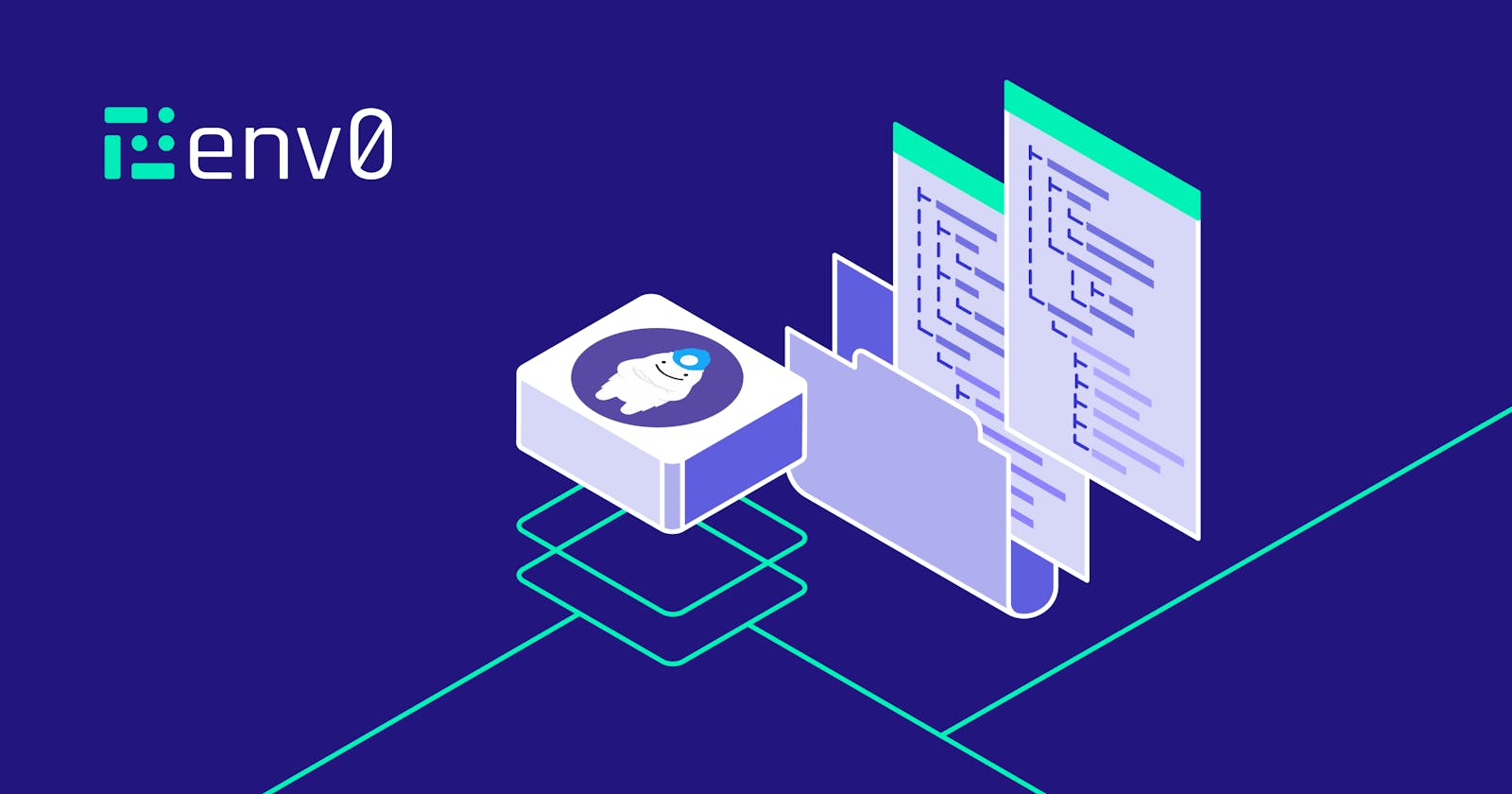Managing Infrastructure-as-Code at Scale
3 min read

In today's fast-paced technological landscape, the demand for scalable and efficient IT infrastructure is at an all-time high. Traditional methods of infrastructure management are becoming unsustainable. Infrastructure-as-Code (IaC) provides a modern approach to addressing these challenges. This blog post explores the complexities and nuances of IaC.
Benefits of Infrastructure-as-Code
Automation of Deployment Processes: IaC automates the provisioning, configuration, and deployment of infrastructure resources through code, ensuring faster and more reliable deployments.
Reduced Risk of Human Errors: By minimizing manual interventions, IaC reduces the likelihood of errors that can occur during the building of infrastructure, thus enhancing reliability.
Scalability: IaC allows infrastructure to be scaled according to changing demands quickly and efficiently.
Cost Optimization: Through strategies such as auto-scaling, IaC helps in optimizing costs while managing resources effectively.
Security and Compliance: IaC enforces security and compliance policies consistently across deployments, reducing security risks and ensuring compliance with regulations.
Challenges

Complex Interfaces: Traditional IaC platforms can be complex, posing challenges for users without extensive technical backgrounds.
Versioning and Traceability: Managing code versions and tracking changes in infrastructure can be challenging, especially in large teams or organizations.
Access Control: Ensuring appropriate access levels for various roles within an organization can be cumbersome and complex.
Cost Oversight: Automatic deployment of infrastructure components can make it difficult to track costs, making cost oversight essential to avoid surprises in billing.
Adopting New Frameworks: Integrating new frameworks into existing projects while implementing IaC can be time-consuming and complex.
Introducing env0

env0 automates the management and deployment of cloud environments using the infrastructure-as-code model. It is designed to be user-friendly and provides valuable insights into cloud resource utilization.
env0 features
User-Friendly Interface: env0 is designed to be intuitive and accessible, even for users without deep technical knowledge.
Cost Management: env0 enables detailed tracking of cloud expenditures by user and purpose, and includes features to prevent overspending, such as shutting down environments when not in use.
Control: env0 allows users to administer policies, monitor active environments, and access detailed usage insights.
Effort Reduction: env0 simplifies the adaptation of infrastructure configurations and streamlines processes, saving time and resources.
env0 vs Terraform Cloud
Platform Support: Unlike Terraform Cloud, which supports only Terraform, env0 accommodates multiple frameworks including Pulumi, Terragrunt, ARM, and CloudFormation.
Cost Management: Both platforms offer cost estimation, but env0 also provides ongoing cost monitoring using the open-source tool Terratag to track taggable resources.
Policy-as-Code: Terraform Cloud's policy framework, Sentinel, is exclusive to it, whereas env0 allows users to implement any policy framework they prefer through Custom Flows.
Teams and Governance: env0 includes team management and governance features in its free tier, whereas these are paid features in Terraform Cloud.
Conclusion
Infrastructure as Code (IaC) is a crucial technology for organizations, streamlining the management of IT infrastructure. It offers significant benefits in automation, scalability, and cost efficiency, but also presents challenges that require careful management and the right tools, such as env0, to effectively overcome.
Shoutout to env0 for collaborating with me on this blog.